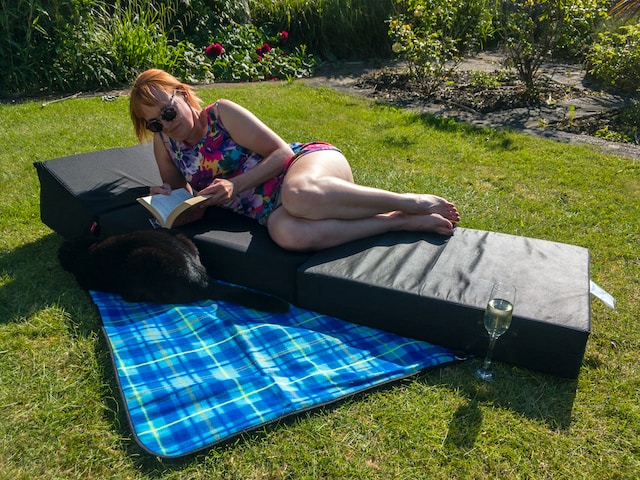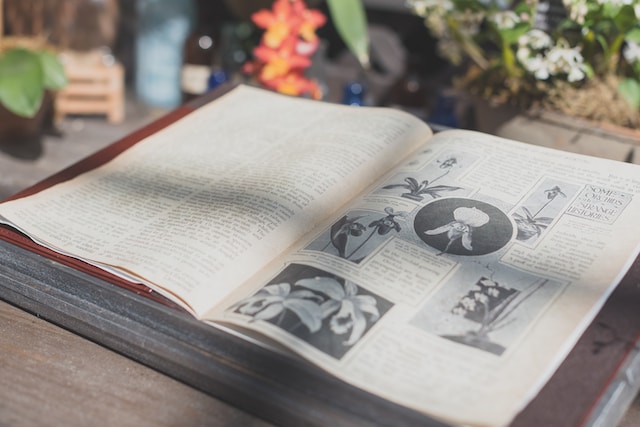I recently shared with you how much I was loving Lia’s Living Almanac. It’s a Substack newsletter related to plants and gardening. However, it’s not the only one that I subscribe to. Substack has many different gardening and nature newsletters that you might want to check out. Therefore, I wanted to share some more of…
garden newsletter
5 Reasons I Enjoy Lia’s Living Almanac
I have recently become a huge fan of Substack newsletters. People write mostly longform content about the thing they are most passionate about. It’s a great place to find smart writing about a range of different topics. This includes gardening. In terms of gardening and nature, the newsletter I’m loving most so far is Lia’s…

